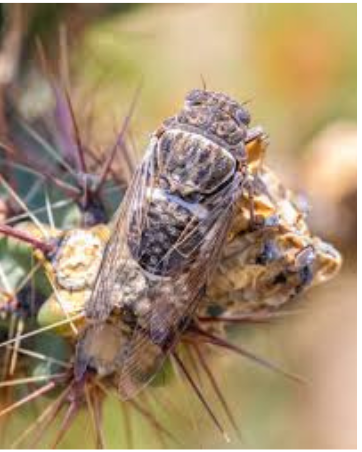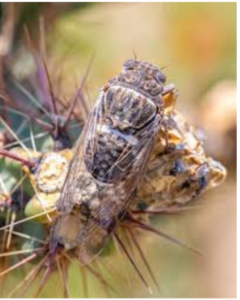Chicharras: Symbols of Life, Time, and Nature’s Rhythms
Cicadas, often referred to as chicharras, are fascinating insects famous for their particular life cycle and distinctive sounds. In this essay, we’ll examine the intriguing characteristics of cicadas, the role they play in nature, and how these insects have had an influence on various cultures throughout the world. In this paper, we shall discover why the insects are of significance and are not merely a seasonal view.
Understanding Chicharras
Cicadas are insects within the group of Hemiptera; they are categorized under Cicadidae. They have about 3,000 species globally and all possess unique features and habits. It is famous for its big eyes, wide heads, and transparent wings. This insect has a special appearance that makes them quite observable where they exist.
Life cycle of Chicharras:
The life cycle of cicadas is interesting and will last several years. They can appear in masses every 13 or 17 years, which depends on their type. That special ability also helps them in coming out in the same day, confusing their attackers and thereby keeping them safe.
1. Egg Stage
Female chicharras first start by laying their eggs on the tree. This takes from six to ten weeks, which later hatches to nymphs, which, being weak in falling, usually drop to the ground and begin burrowing the earth. Such can last several years, whereby young insects may feed on roots of trees in safe underground habitat.
2. Nymph Stage
Chicharras undergo shedding of skin during the nymph stage several times as they grow up. The duration can be two to five years. The nymphs growing will be prone to attacks from animals, hence, hide underground for protection.
3. Adult Phase
After this, adult nymphs emerge out of the soil and climb up a tree or plant to shed the skin for the final time. After the molt, they reflect their adult form, with bright colors, and well-developed wings. They start making their famous sounds during hours, which attract their life partners and also claim their space.
Sounds of Chicharras
Another peculiarity with chicharras is the ability to make loud, musical sounds. They make these noises from a part called the tymbal. The tymbal is only on the male’s belly and produces a clicking noise by tight and loose movements of the muscles. This ensures that the sounds are carried out more in the air.
The sounds have various functions. They mainly attract females to mate but also set up territories among males. Different types of cicadas make unique sounds, which help females find possible mates. This impressive skill shows how complicated their communication and social relationships are.
Importance of Cicadas in the Ecosystem
Chirping insects are very important in their environments. They help recycle nutrients and improve soil health. Nymphs eat tree roots, which helps make the earth airy and supports root growth. When adult cicadas die, their bodies break down and help make the dirt richer in nutrients.
Chicharras as Food Sources
Chicharras help out around the environment and are a vital food source for many animals who hunt them. Birds, animals, and some reptiles count on these insects as their source of food when they are most active. Chicharras ensure a balance in the food web in their ecosystems.
Cultural Impact of Chicharras
Chicharras have significantly impacted the culture in many areas. In many other countries, they mark the beginning of summer and usher in fond memories. In parts of Latin America, the buzzing of the cicadas means balmy nights and a party kind of setting.
Chicharras in Folk Stories and Traditions
Cicadas and Climate Change
Climate change is affecting environments around the world, and cicadas may also be impacted. Rising temps and changes in rainfall can affect their life cycles, causing shifts in their emergence patterns and population numbers.
Watching Chicharras for Changes in the Environment
Researchers are increasingly using cicadas as a barometer of environmental health. From the timing and pattern of when specific species appear and how their numbers change, scientists can gather more information about the broader impacts of the environment. In this study, it is demonstrated that chicharras are a vital part of their methodology in researching how climate change impacts species diversity.
Conclusion
We go ahead, contemplating how what we do affects these wonderful insects and the environments in which they dwell. We need to help in conservation and enlighten others regarding the importance of chicharras, helping them stay alive for future generations. Cicadas, at last, tell us of nature’s strength and of the natural cycles of life.














Post Comment